High costs for medical care and prescriptions are an unfortunate– but, sadly, often unavoidable– part of senior healthcare. Even if your loved ones are covered by Medicare and/or Medicaid, there are still going to be some aspects of their care that may become financially overwhelming, especially when it comes to medications or services that your love one needs regularly and for a long period of time.
You Have Options.
Medicare and Medicaid, combined, do tend to alleviate most of the costs associated with senior healthcare, and most especially with prescriptions—one of the single largest expenses for seniors.
But, still, it’s important to know and understand your options outside of these two major payers.
Along with the benefits and allowances found within Medicare and Medicaid, there are several additional assistance and discount programs available to those who qualify. While your loved ones may not need this prescription assistance at the moment, taking the time to learn about the differences between these programs now can help make things easier, less stressful, and more beneficial when the time comes.
What’s Available?
Patient Assistance Programs
There are various programs set up and maintained by drug companies that offer free or low cost drugs to those who are uninsured or cannot afford the full price of their brand name medications.
These are programs are offered on a voluntary basis, however, as the government does not require pharmaceutical companies to provide free medications. And, therefore, each program has its own set of rules and qualifications— though proof of U.S. citizenship, lack of prescription coverage, and an income under 200% of the poverty line are fairly standard.
Different states offer different programs, each with their own guidelines, specifications, and qualifications and disqualifications. Luckily, there are several organizations that can assist you and your loved ones in your search for Patient Assistance Programs.
Sites like RxAssist.org or RxHope.com and organizations like the Partnership for Prescription Assistance can help guide you and your loved ones through the process of finding a Patient Assistance Program that will be the most beneficial and effective based on your location and qualifications.
Extra Help with Medicare Prescription Drug Costs
Anyone who is eligible for Medicare can get prescription drug coverage through Medicare Part D or a Medicare Advantage Plan, but some medications may be subject to deductibles, coinsurance, or may not even be covered at all. But a fixed income and limited resources means that your loved ones may be entitled to up to $4,000 every year through Extra Help to cover for costs that are related to a Medicare prescription plan like monthly premiums, annual deductibles, and prescription co-payments.
In addition to proof of residence in one of the 50 states or the District of Columbia, there are some financial guidelines that must be met in order to qualify, which can be found here.
Prescription Discount Cards and Coupons
There are a wide variety of discount cards available to those who qualify, and sites like RxHope.com, RxAssist.org, and organizations like the Partnership for Prescription Assistance are great resources for both learning about the options that are available for you or your loved ones.
Sites like NeedyMeds.org offer coupons and discounts on various medications and tend to be fairly comprehensive in their offerings.
Plan Now, Save Later
It’s easy to lose sight of some of the smaller details when you’re planning for ongoing care. And making sure that your loved ones get the senior healthcare they deserve can seem overwhelming, so learning about the options that are available for additional and supplemental coverage can save both time and money and help to give you both sincere peace of mind.











